West Papua Information Kit





by giving you information with which to end the colonial rape of a beloved nation.





United States in West Papua
The United States presence in West Papua, or West New Guinea / Netherland New Guinea, has two completely different aspects. First was the US public meeting as represented by the US military and support personnel during the Pacific War; as illustrated in these US Dept. of Defense photographs - the American and West Papuan public were friends and allies, the Papuan people had risked their lives opposing the Japanese invasion; and the Americans were making good friends with these people whose devotion to freedom and democracy were values the United States public could easily appreciate. Second were Corporate American colonizers who sneaked in like a thieves in the night (1935) and who are responsibile for the 1960s colonization and ongoing deaths of hundreds of thousands of West Papuan people and the destruction of much of West Papua itself in their quest for Papua's gold and copper.
Even today as you read this tens of thosands of people are living in camps and shanty towns because of forced relocations to clear their lands for the US and other mines; unknown thousands are still hidding and starving in the jungles because they are survivors of jihad and Indonesian military attacks against their original home towns and farms. Yet, individual Americans, people like Patsy and Rick Spiers were and are welcome in Papua, both as good people and especially as teachers, a respected profession in Papuan society.
Another cruel injustice is the US puppetry case; but worse than the military attacks and repression, is the racial replacement program known as transmigration under which the Corporate American controlled World Bank and IMF funded the shipping of over a million Islamic settlers from Java and other Asian islands to replace the Pacific Melanesian people being killed and dying in West Papua. Today this racial and ethnic replacement slowly continues. This has been the negative effect of the United States on West Papua, something which you can help change, West Papua deserves its freedom.

|
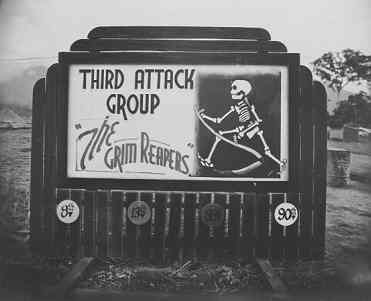
|
|
Chapel built by the natives of Hollandia for the troops, May-November 1944.
|
The US 3rd Wing Grim Reaper sign at Hollandia, May 1944. |
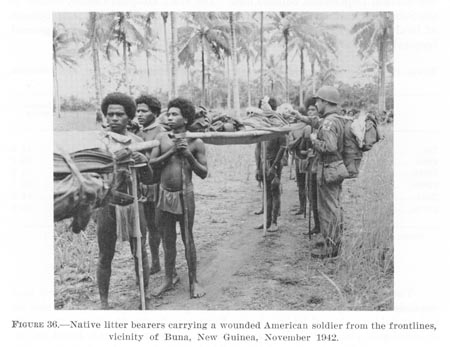
|
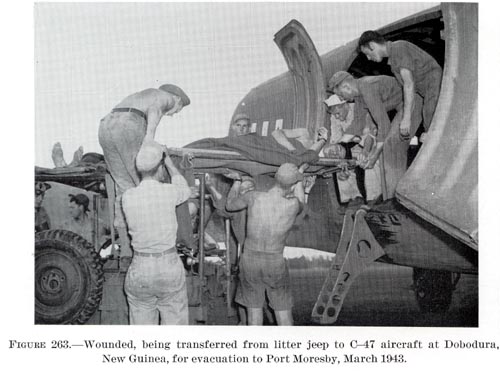
|
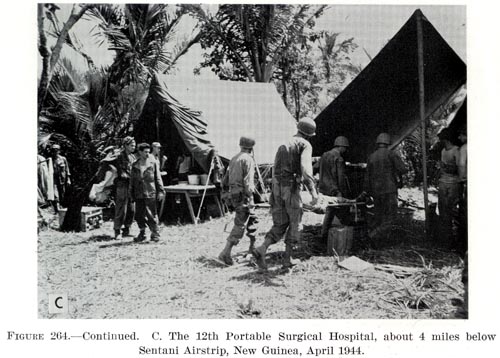
|
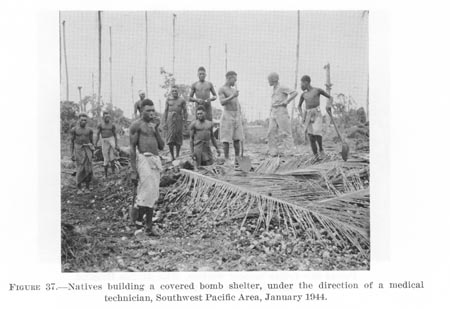
|
|
Unlike the islands of Asia, the Japanese were unable to gain cooperation
of the Melanesian people of New Guinea.
Twenty feet of rain a year rendered the Japanese forces almost immobile as
malnutrition, exposure and marlia killed some 65% of the first Imperial forces
during the eighteen months they were isolated along New Guinea's north coast.
US forces on landing found locals volunteering to guide them to the best vantage points against the Japanese, while others volunteer to follow unarmed to the battle lines to bring any wounded back to medical care. The US forces enjoyed a relatively low 15% mortality of troops wounded in the New Guinea jungles. The Japanese efforts to destroy local food gardens and physical acts including cutting off the hands of Papuan men unwilling to cooperate, appear to have backfired as the West Papuan population made the produce of their vast networks of food gardens available for the some half million Americans who moved through the West Papua headquarters General MacArthur decided to establish in the heart of this Ally territory. |
|
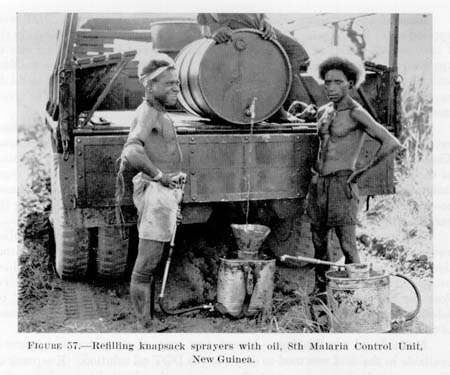
|
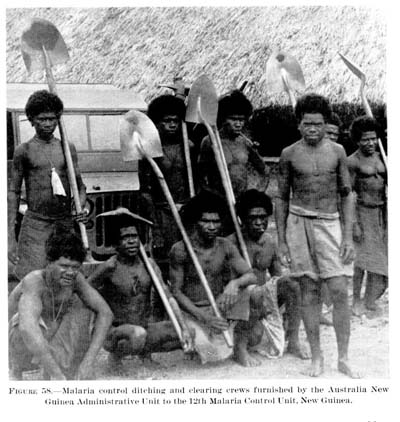
|
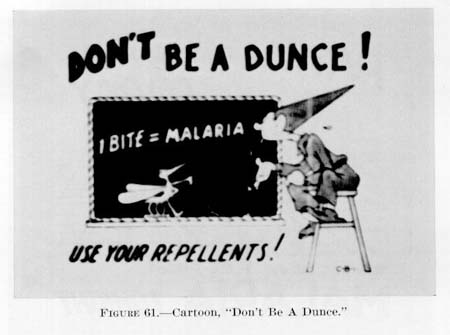
|
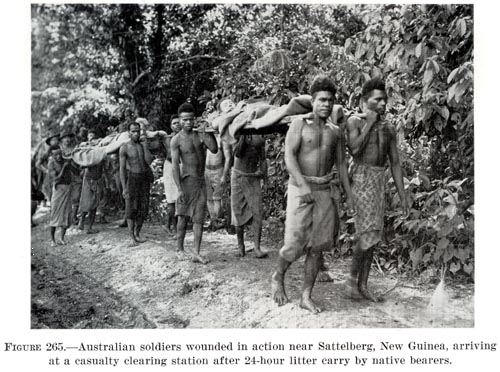
|
it is also perpetrated by vitiating inaction of those who are good"
- Martin Luther King.
Home




